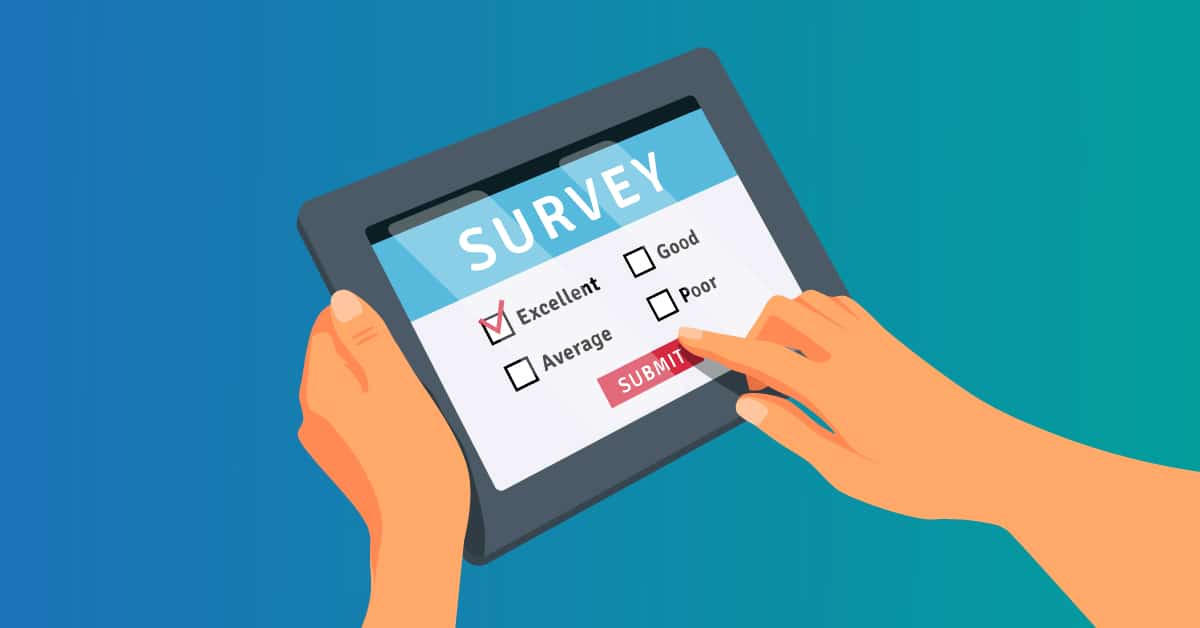
Incorporating surveys into the classroom could bring valuable feedback, especially about the way you teach. Understand that your students can give valuable insight as well. Since they experience your teaching firsthand, they can provide the most honest and valuable feedback compared to anyone else.
It can be instrumental in improving your teaching style. Moreover, it can foster a healthier and friendlier relationship between you and your students. Here’s how you can make that possible through surveys.
Why Incorporate Surveys Into the Classroom?
Instead of asking questions about your teaching quality individually, you can hand out surveys with qualitative questions. Besides, your students will feel free to state their opinions and offer feedback to sound more honest when no one is watching or listening directly to their answers.
By making it clear that there is no pressure on them, they can share their opinion honestly. And we intend to help you receive said feedback. Keep reading to check out a few tips on incorporating surveys into the classroom.
Benefits of Incorporating Surveys Into the Classroom
Incorporating surveys into the classroom offers many benefits. It brings a lot of engagement for students as they assess their learning experience, course content, etc.
Furthermore, it strengthens their real-time ability to think in real-time by encouraging them to use their knowledge, skills, and ideas. Here are a few more benefits for students that come with surveys in the classroom:
- Your students can potentially unlock new cognitive thinking skills and improve their problem-solving abilities
- It becomes easier for students to voice their opinions and ideas, especially if they have a shy nature and are reluctant to participate actively
- It can promote confidence in your students since they will feel authoritative in providing honest feedback/answers to survey questions
- You can easily assess your students’ knowledge, ability to understand tasks, and their thinking processes
- You can create effective tactics to reach out to all your students based on the issues they’re facing
6 Tips to Incorporate Surveys into Your Classroom
The Bill and Melinda Gates Foundation conducted three-year research and concluded that collecting student feedback through surveys led to a better teaching environment. Check out the tips below to incorporate surveys into the classroom effectively:
- Consider Your Students’ Age and Abilities
Are your students old enough to understand what a survey is? Are they capable of solving it on their own? If yes, you can proceed with getting information from them. However, if your students are too young, you can have a one-on-one chat with them to see what your students have to share.
- Choose the Right Method for a Survey
People usually think about surveying with a traditional pen and paper. While paper surveys are more traditional, there are more environmentally friendly ways to get answers from students, such as opting for digital surveys. However, that will require you to familiarize your students with technology and how to fill out/submit digital surveys if they don’t know how to already.
- Discuss with Fellow Teachers
It would help if you shared your surveying ideas with other teachers, preferably those who teach your students. You can coordinate a smooth series of surveys and avoid overburdening your students with many surveys at once. You can also develop a surveying schedule by discussing students' needs and responses with other teachers.
- Create Proper Survey Structure
When you share ideas with other teachers at your institute about incorporating surveys into the classroom, the process can become much easier. However, you must first know how to differentiate between non-effective and useful ideas
.
You can design the survey better by working with other teachers or even using the data from a "pilot" student survey. It will lead to even more valuable feedback.
- Ask the Right Questions
Don’t overlook the importance of asking the right questions. Even if you don’t have any experience creating online surveys for students or anyone else, consider learning about it a little first. It’s necessary to include the right questions in your surveys to receive useful feedback on which you can improve the learning experience and teaching environment for students.
- Collect Surveys and Use Proper Assessing Metrics
If your students are young or if they’re filling out “student surveys” for the first time, you might need to wait sometime before you start receiving their valuable feedback. You have to use the right metrics and evaluating tools/techniques to get useful ideas and opinions out of student surveys.
Lastly, once you have incorporated surveys into the classroom, make sure you stick to a convenient schedule to avoid overburdening your students.
The Outlook of Incorporating Surveys Into the Classroom
Expecting and encouraging feedback from your students on various topics can lead to an inclusive classroom environment. They add surveys, whether paper surveys or digital surveys, which can improve understanding and help you build strong relationships with your students. By filling out surveys, students will play a more active role in improving their classes.
They can use new cognitive thinking abilities to experience improved learning capacities and methods. Also, including surveys in the classroom will help you take a quick peek into your students' understanding and knowledge.
Students’ participation in these discussions is just as important as teachers’. So, make sure you work towards an inclusive and friendly environment to create better learning opportunities.
The Takeaway
You can help your students understand you and their classmates better through surveys. Digital surveys will familiarize your students with technology-assisted polling and discussions. In simple words, surveys can improve the learning process as students get to voice their opinions and share fresh ideas.
That can drive more confidence in them, leading to a profound learning experience. Make sure you use the abovementioned tips to successfully incorporate surveys into the classroom. Plus, keep evaluating the responses to notice any changes or improvements in students’ experience.
Reference Links:
https://oedb.org/ilibrarian/polling-classroom-4-free-polling-tools-keep-students-engaged/
https://www.youtube.com/watch?v=d6sT_eY2ubE
https://avidopenaccess.org/resource/survey-with-polls/
https://instructionalmoves.gse.harvard.edu/conducting-class-polling-check-understanding-and-stimulate-peer-discussion
